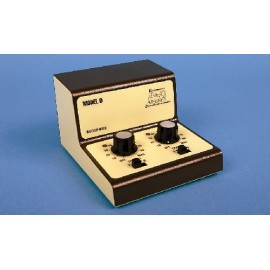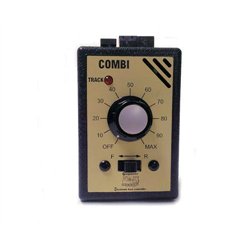Static grass puffer bottles work by manually charging model grass fibres with static electricity. When the charged...
No products
Product successfully added to your shopping cart
There are 0 items in your cart. There is 1 item in your cart.
Search Tips
Can I use a battery to power a small, portable layout and if so what voltage would best suit?
Yes, it is possible to use a battery to power a small, portable model railway layout. In fact, using a battery can be a convenient and flexible way to power a layout, especially if there is a need for frequent relocation or if mains power supply is not available.
As for the voltage, the best choice will depend on the specific requirements of the layout. Generally, model railway layouts are powered by low-voltage DC (direct current) power supplies, which can reach up to 12 volts. However, it's important to check the specifications of the individual model railway components (such as the controller, locomotives, track sections and other accessories) to determine the voltage requirements.
Once the appropriate voltage requirements have been determined, then an appropriate battery and voltage regulator can be used to power the layout. For example, a 12-volt leisure battery and compatible voltage regulator may well be sufficient to provide a stable, regulated output to the layout. A cheap alternative is to use a 9V battery.
It's also worth noting that using a battery can have some advantages over mains power, such as reduced electrical noise and the ability to operate a layout in locations without access to mains power. However, it is important to make sure the battery maintains an appropriate level of charge to ensure continued reliable operation.
Click here to receive the tips weekly in your mailbox. You can unsubscribe at any time.










